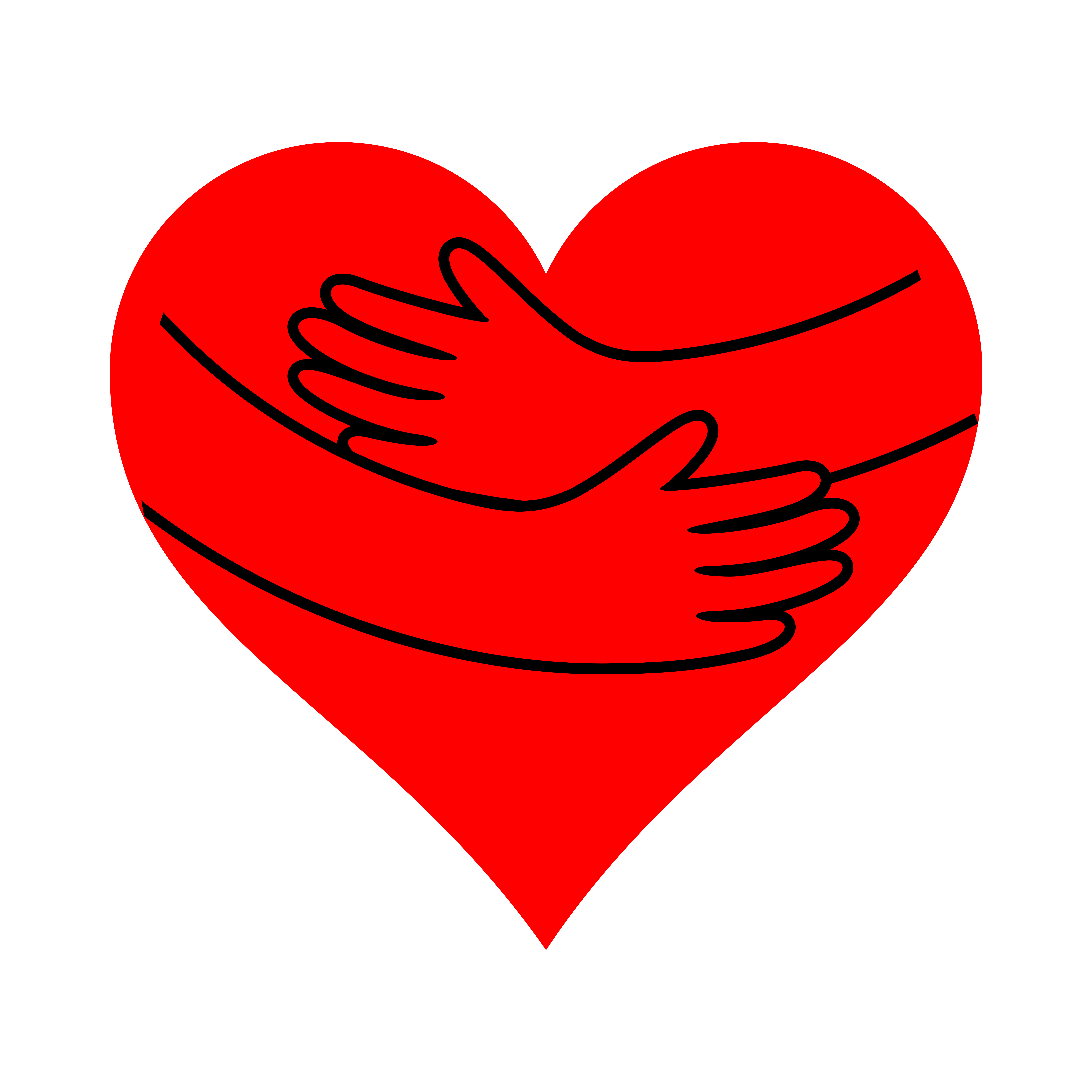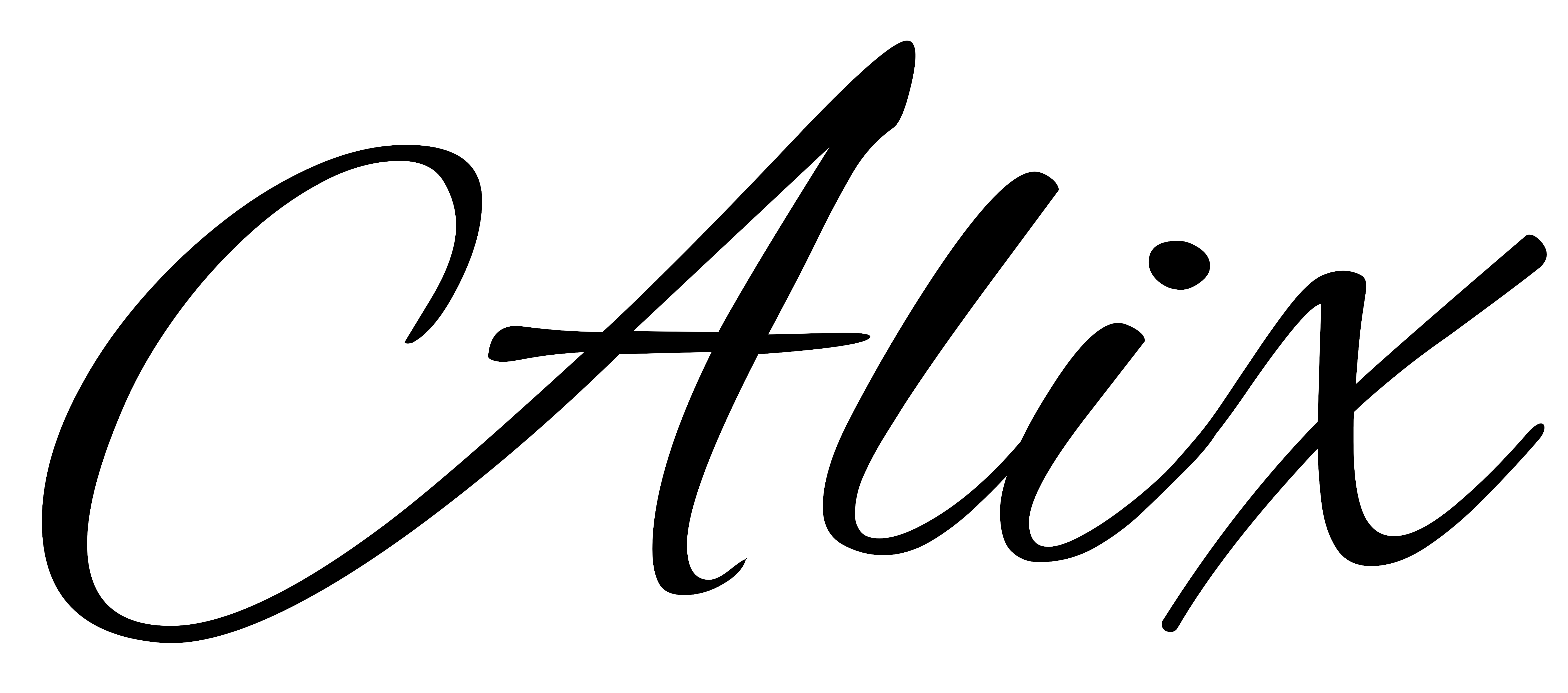Join me...
This site displays advertisements and I may receive a small commission if you interact with them.
Mastering the Spoken Word in the Workplace
Hi,
I’m Alix and it’s my mission to help as many of the next generation as possible to work in jobs that meet their passion and purpose, making them happy and fulfilled adults.
This includes making the workplace the best it can be.
By offering hints and tips, this website can be your ‘virtual mentor’ as you navigate the intricacies of your workplace.
So, grab a snack and join me today as we investigate the art of the spoken word…

Understanding effective communication…
In the technology driven workplace of today, effective communication stands as the cornerstone of success.
It's much more than just the exchange of information; it's the lifeblood that keeps organisations thriving, fostering collaboration and understanding among team members.
Diverse teams collaborate across borders and cultures, resorting to emails and texts for convenience.
But communication covers listening, writing and speaking – all essential soft skills that the mastering of will help you excel.
I’ve written separate articles on mastering the art of active listening and writing in the workplace, as a single article would simply be very (very) long and, although there’s likely to be some crossover, each has its own place.
Whether you work for an international bank, a small local company, as a team, or are just one of two, the spoken word transcends mere words; it encompasses verbal and non-verbal cues, clarity of expression, tone and empathy.
So, let’s delve into its importance as a soft skill in the workplace and explore ways you can use it to shine.

Understanding the importance of words…
In the workplace, effective communication serves various pivotal functions, no matter whether you’re a manager, a member of a team or one of two.
Facilitating leadership…
Whether you’re already a leader, aspiring to be one, or simply speaking to a colleague, those who excel in the skill of communication inspire and motivate more effectively when using the right words.
Managers/leaders/supervisors and mentors have to articulate visions clearly, foster a culture of open dialogue, and provide constructive feedback in a way that drives success.
And, on the flip side, it’s a key soft skill for the speaker’s benefit. By giving your company a stronger team and getting the best results, your manager and/or company and/or customer will be impressed, leading to recommendations.
You’ll also fulfil a stronger mentor role for those around you, something every manager/leader/colleague should aspire to.

Enhancing collaboration…
Effective and open communication channels encourages seamless collaboration among team members, leading to increased productivity and innovation.
Colleagues not receiving, or understanding, the objective in hand can produce a masterpiece but one that answers the wrong challenge – causing frustration all round.
Note: I worked for the owner of a company who only ever gave the barest information, deciding not to communicate the whole picture, for some unknown reason. So, when I gave him what I believed was the finished piece, it didn’t complete the puzzle. Sooooo frustrating.
But, by developing strong communication skills yourself, you’ll be equipped with the ability to direct your colleague and/or team to greater success. You’ll ensure that everyone’s on the same page regarding project objectives, timelines, and expectations – a win-win for all.

Resolving conflicts…
Miscommunication often lies at the root of workplace conflicts. A poorly chosen tone, word or order from a colleague, can easily lead to friction and an inability on the part of the receiver to disassociate feelings from the work in hand which can easily lead to barriers.
But, by mastering the ability to step right in with the right words, you’ll be the one to navigate conflicts speedily, using the right words to prevent escalation before it hits the point of no return on anyone’s side. Again, a win-win.
And critical for a team.
And for a two-man team?
Even more critical. How can two people work together productively if they don’t get on.

Building relationships…
Clear and open contact between colleagues, is essential, nurturing trust and strengthening relationships.
It fosters a positive work environment where each individual feels valued and respected because they understand what is expected of them and they can then deliver, confident they’ll get it right.
It’s also a much more pleasant atmosphere in any office, or workplace when colleagues ‘get on’.
Getting along, rather than facing the myriad of emotions that can arise from working in a strained and, frankly, toxic atmosphere, is simply the only way.

So, let’s look at how we master this art.
Strategies for mastering communication…
Clarity and conciseness…
As a communicator, learn to practice empathy.
Empathy is the ability to understand and share the feelings of others.
You cultivate empathy by putting yourself in others' shoes and acknowledging their perspectives and emotions.
By demonstrating empathy, you’ll build trust and strengthen relationships with colleagues, ultimately enhancing collaboration and teamwork.
So, strive to see situations from others' perspectives, then communicate on their level.

Jargon…
It’s all very well to use jargon, but if the person you’re explaining the task to doesn’t understand it the outcome won’t be as good as it could be.
Also, be mindful of cultural differences and adjust your communication style accordingly to ensure clarity across diverse audiences.
Before you speak, organise your thoughts logically, then keep communications simple, clear and concise to ensure your message is understood.

Non-verbal communication…
Non-verbal cues such as body language, facial expressions, and gestures play a significant role in conveying messages.
Pay attention to your body language and maintain eye contact to demonstrate attentiveness and sincerity.

Similarly, watch others' non-verbal cues to gauge their reactions and feelings. Watch eyes for clues to their attentiveness and understanding. Any flicker raising concerns address straight away. If you doubt your message has got through, ask them (delicately) to repeat back the steps and outcome you’re looking for.
Communication style…
Different situations call for different communication styles.
Adapt your communication approach based on the audience, context, and objectives.
Whether it's a formal presentation, a casual team meeting, or a one-on-one discussion, tailor your communication style to suit.
Constructive feedback…
Offering and receiving feedback is an integral part of effective communication.

Again, there’s another article on ‘Constructive criticism in the workplace’ that could be useful where it’s necessary, both as a giver and receiver.
Progress feedback…
Also, on the subject of feedback – when given instructions to perform tasks, always be the one to feedback your progress or results. You may not need to feedback every step of the process, but when you feel it’s right, feedback how the task is coming along.
Managers and supervisors will appreciate it.
Emotional intelligence…
Emotional intelligence is paramount in communication.
Be mindful of your emotions and how they influence your interactions with others.
Develop self-awareness, self-regulation, empathy, and social skills to navigate interpersonal relationships effectively and foster a harmonious work environment.

Essentially do not communicate with others if you’re in a bad mood. As the listener it’s easy to assume either the current situation, or perhaps even you, are the cause of the tension.
This scenario could then raise barriers lessening the chance of clear communication both the giving and receiving of.
Continuous learning…
Communication is a skill that can always be honed and refined.
Ask for feedback from peers and mentors and be proactive in addressing areas for improvement.
Continuously seek opportunities to improve your communication skills. You can do this through workshops, training programs, and self-study.
Or simply find a mentor who you respect and see how they do it.
Conclusion
In this fast-paced and interconnected world of the modern workplace, effective communication stands as a fundamental soft skill essential for success.

By mastering the art of spoken communication, individuals can build stronger relationships, foster collaboration, resolve conflicts, and inspire others as effective leaders.
Clarity of expression, simplicity, and by being aware of yourself and your colleagues, you can navigate the complexities of workplace communication with confidence and finesse, driving organisational excellence and achieving your own professional goals by mastering a soft skill sought after by companies.
Good luck!
